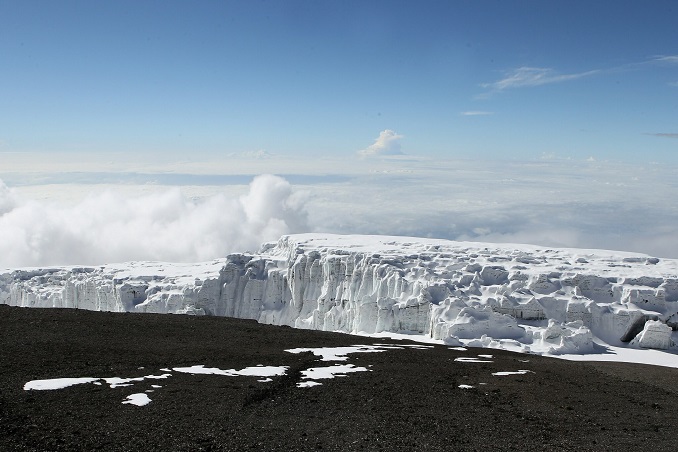Last updated on October 21st, 2021 at 07:18 am
Africa – The latest report on the state of Africa’s climate by the World Meteorological Organisation (WMO) and African Union agencies paints a dire picture of the continent’s ability to adapt to increasingly frequent weather disasters.
Africa’s fabled eastern glaciers will vanish in two decades; 118 million poor people will succumb to drought, floods, extreme heat, and climate change harming the continent’s economy.
The report says last year was Africa’s third warmest on record. WMO Secretary-General Petteri Taalas mentioned that the rapid shrinking of the last remaining glaciers in eastern Africa, which are expected to melt entirely in the near future, signals the threat of irreversible change to the Earth.
The report stated that the looming change would critically hamper economic growth and efforts to alleviate poverty. While dealing with climate change, it could lower Africa’s gross domestic product by up to 3 percent by 2050.
Related Posts
Unfortunately, three glaciers namely Mount Kenya massif in Kenya, the Rwenzori Mountains in Uganda and Mount Kilimanjaro in Tanzania are on the verge of disappearing by 2040. Although these glaciers are of eminent touristic and scientific importance but yet due to drastic climate change and global warming, the glaciers are melting down.
Report published by WHO stated that climate change is the biggest threat to people’s health, as hotter weather threatens to take back 50 years of improvements made on global health.
Apart from worsening drought on a continent heavily reliant on agriculture, there was extensive flooding in East and West Africa in 2020. There were also traces of infestation of historic proportions, which continued to wreak havoc in the continent.

